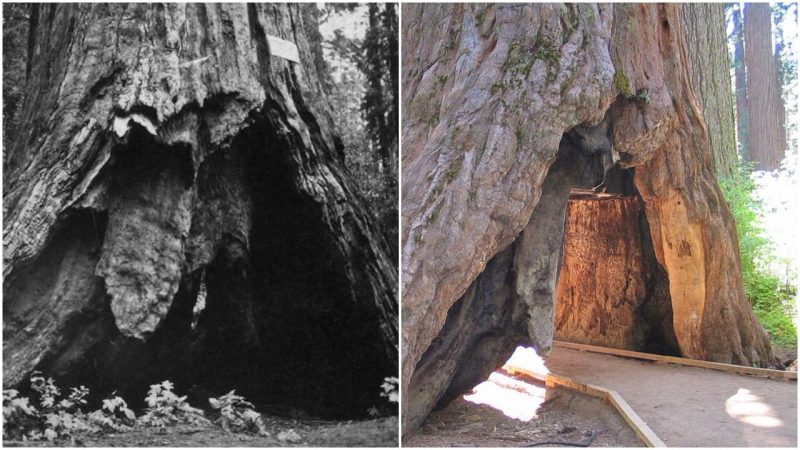Giant sequoias are by far the largest trees in the world; they can grow up to the unbelievable height of over 100 meters and are extremely resilient.
The trees were named after Sequoyah, a Cherokee silversmith who created the Cherokee syllabary and enabled the preservation of the Cherokee language. Native Americans always cherished giant sequoias and considered them to be wise ancient spirits, but European settlers were so baffled by their immense proportions that they started tearing them down and exhibiting them as nature’s wonders.
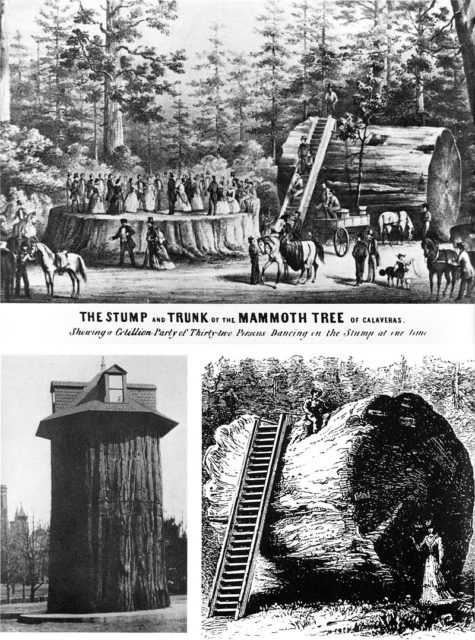
Nowadays, these beautiful trees are endangered due to centuries of exploitation and are protected from being torn down. Some of the largest and oldest specimens have been praised as timeless monuments, and are a popular spot for tourists from around the world. Sadly, one of the mightiest trees, the Pioneer’s Cabin Tree, or the Tunnel Tree, was destroyed in a severe storm on 8 January 2017.
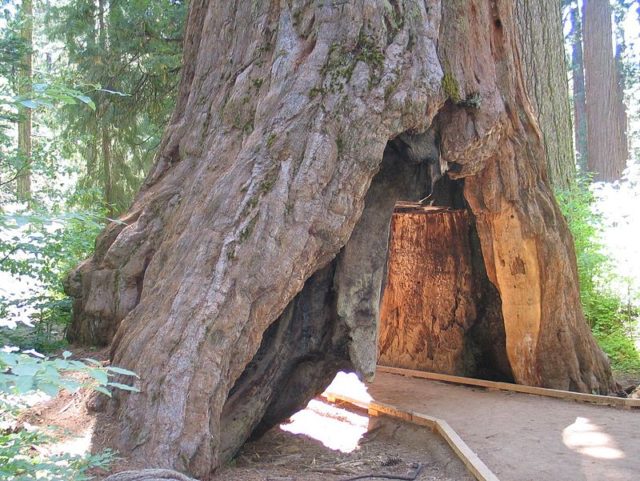
The Pioneer’s Cabin Tree was a proud resident of the Calaveras Big Trees State Park in California, and it got its name because it roughly resembled a weird house. The tree was estimated to have been more than thousand years old, and throughout its history, it suffered a lot of damage from natural disasters such as storms and forest fires.
Natural elements helped in the formation of the tree’s unique look: its trunk was hollow and had several spacious compartments, a small opening in the back of the tree served as the back door, and the tree’s burnt core resembled a chimney. Although the tree was repeatedly damaged and heavily deformed, it was very much alive until the end of its days.
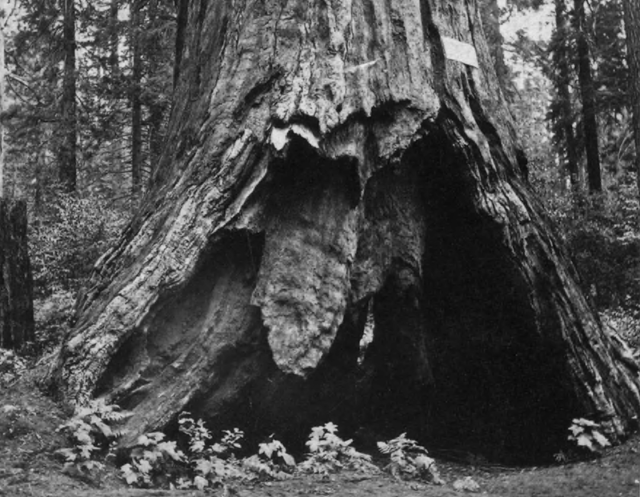
In the early 1880s, the land of the park was owned by the entrepreneur James Sperry. He recognized the tree’s significance and ordered a tunnel to be cut through its hollow base. Since then, visitors were first able to walk through the tree, and later to even drive their cars through the tunnel, as the tree was a part of the famous “Big Trees Trail.”
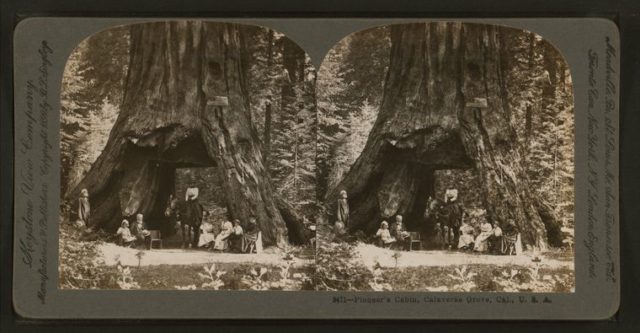
At first, visitors were encouraged to carve their messages on the inside of the tree, but this practice was prohibited in the early 1930s. The tree became a symbol of nature’s power, and cars were prohibited from driving through it in the 1960s.
Some would say that the Pioneer’s Cabin Tree stood strong and proud for a thousand years and was then destroyed in a single night by nature’s display of force.
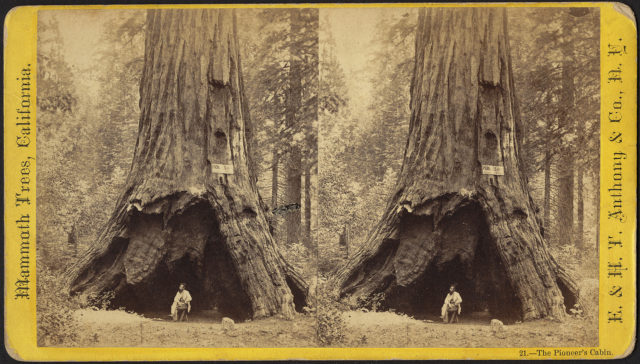
Still, this wouldn’t be completely true, as the tree was in fact destroyed through decades of mutilation. The mutilation served the purpose of attracting tourists and generating profit, but it also slowly weakened the tree until it was finally toppled over by a storm.
Giant sequoias are nowadays protected, and nobody today would be allowed to cut a tunnel through one of these living monuments.
